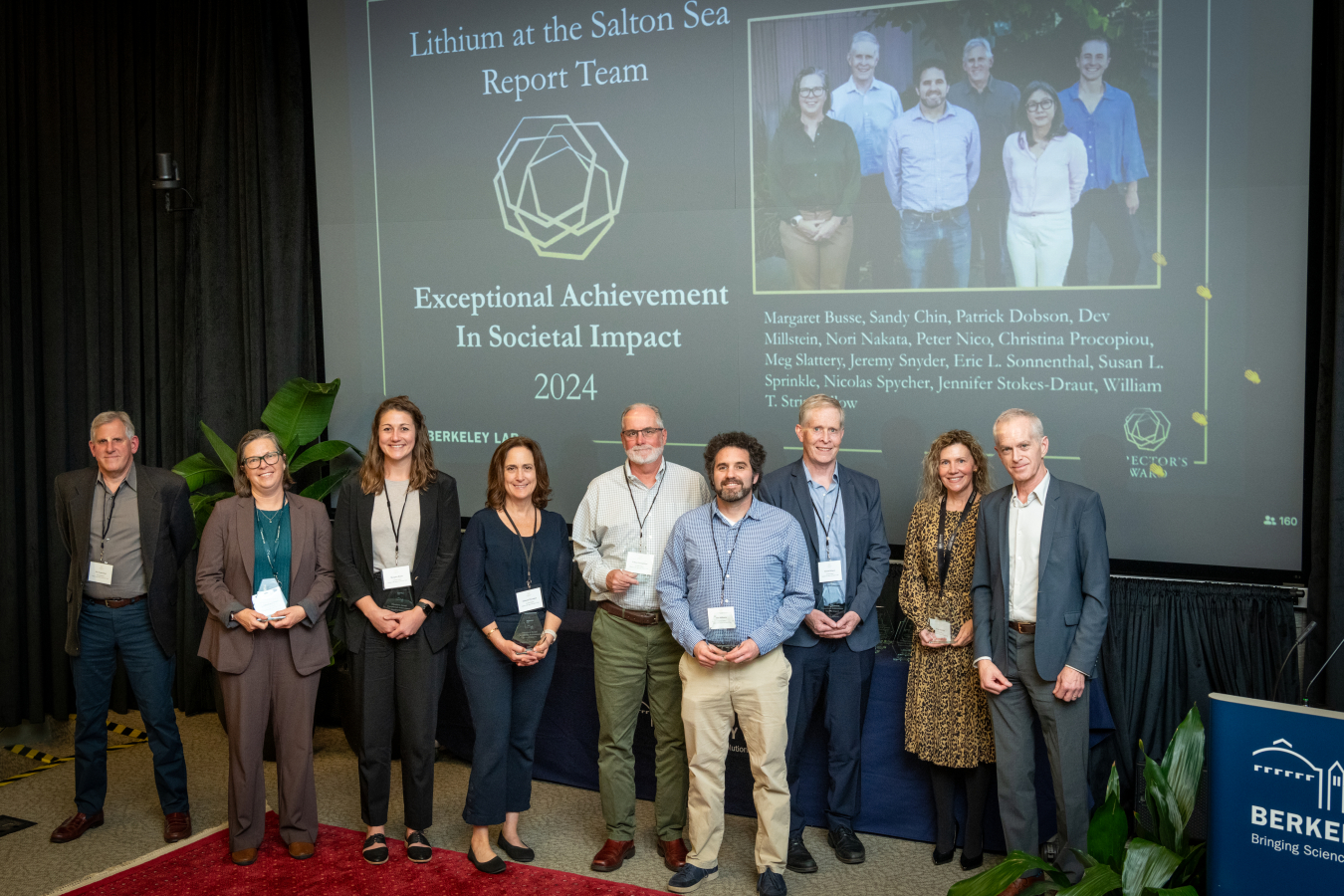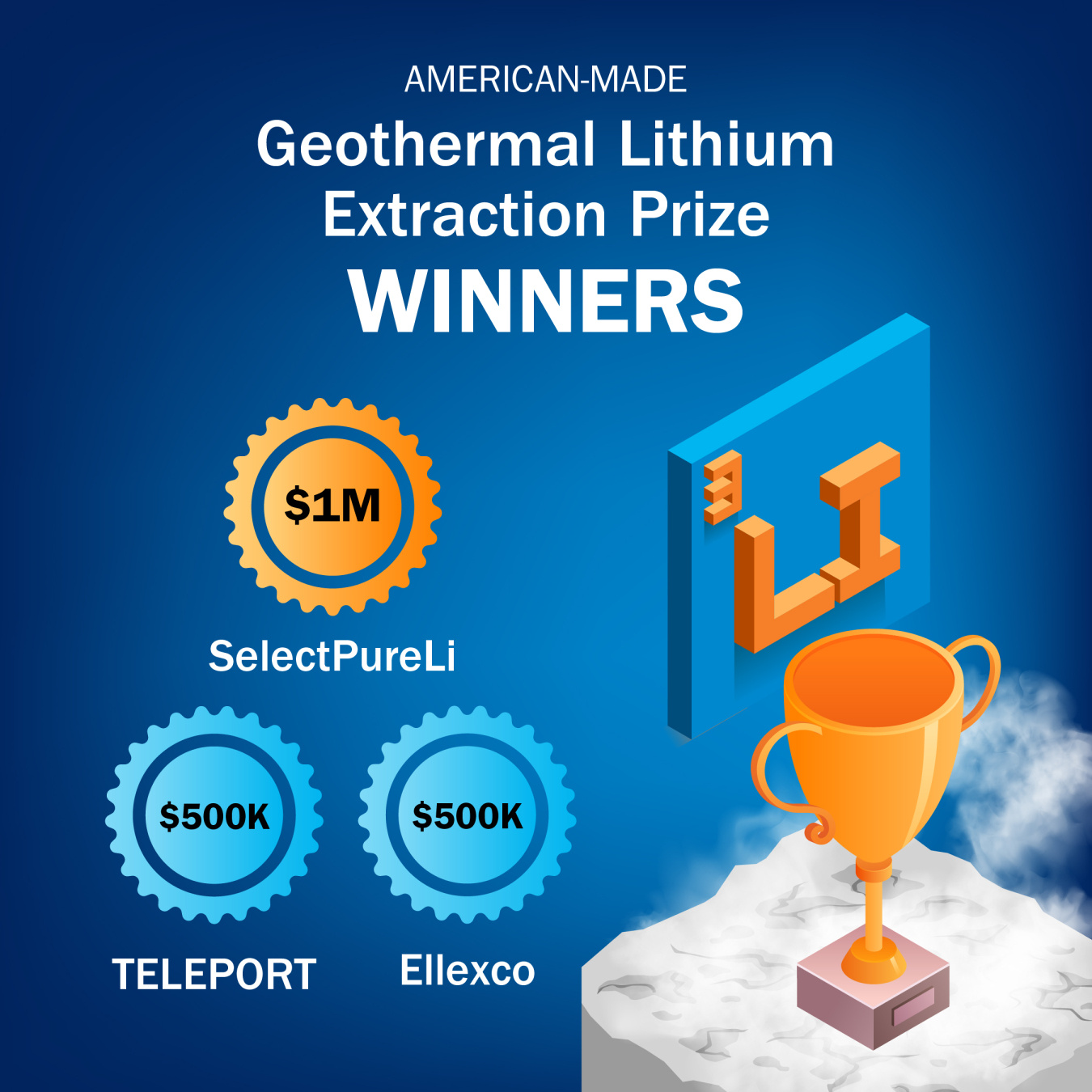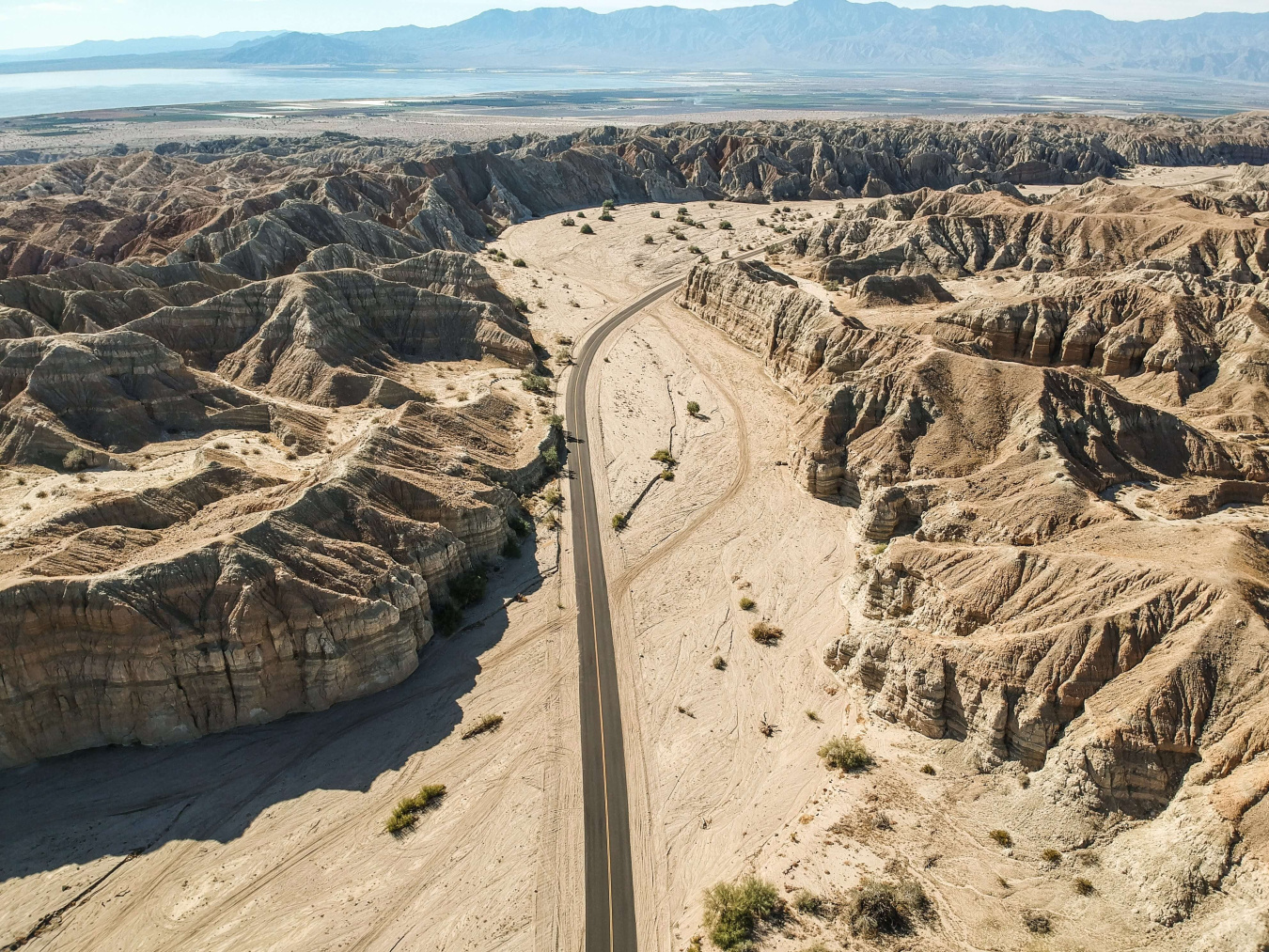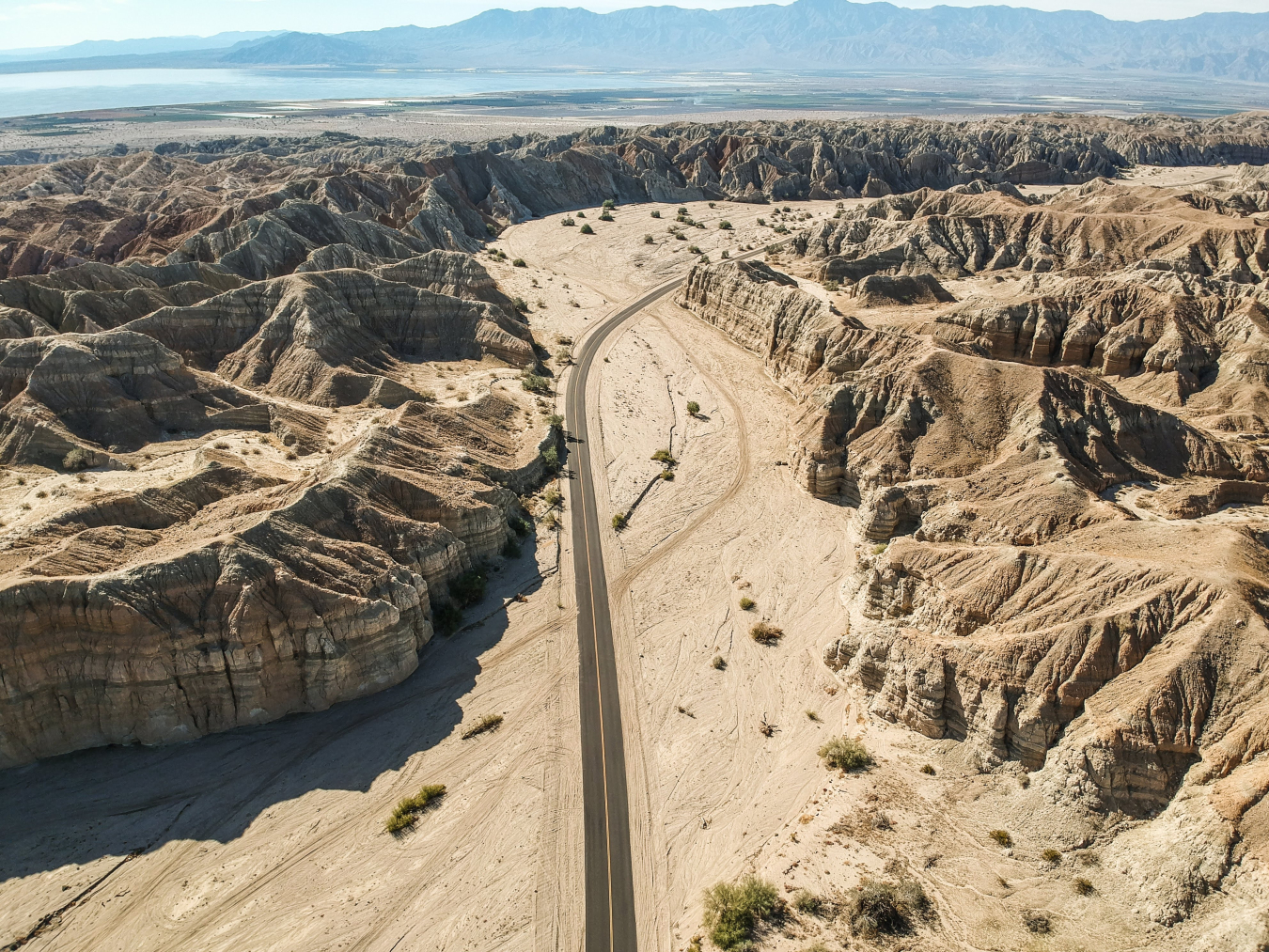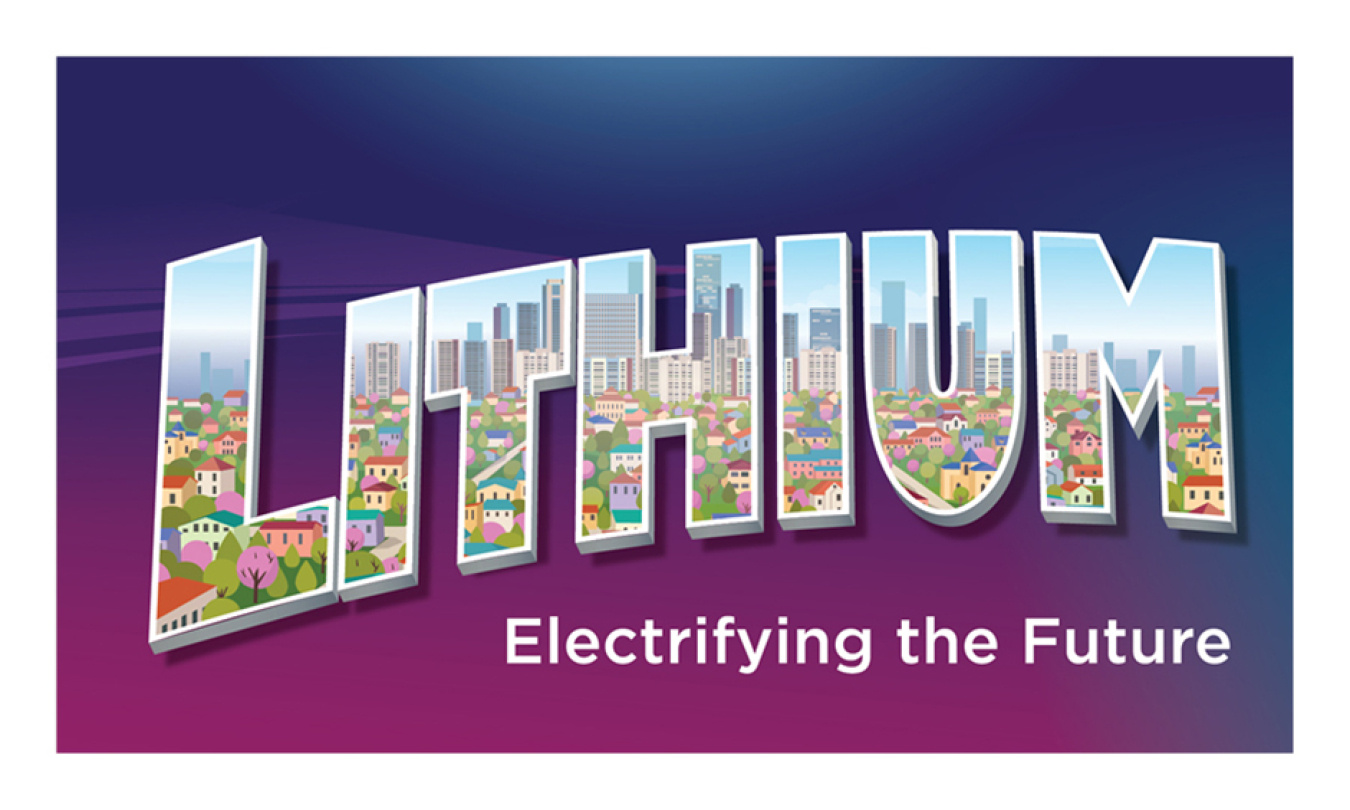
A relatively rare element, lithium is a soft, light metal, found in rocks and subsurface fluids called brines. It is the major ingredient in the rechargeable batteries found in electronics such as your phone, hybrid cars, electric bikes, digital cameras, laptops, and even large, grid-scale storage batteries.
As a “critical mineral” necessary for rechargeable electric batteries, lithium has been identified as a material essential to the economic or national security of the United States. Researchers have been exploring how geothermal brines brought up to the Earth’s surface as part of geothermal power production may also be a critical resource for future lithium supply.
Successfully Assessing Lithium in the Salton Sea Region
The GTO-funded and Lawrence Berkeley National Laboratory-authored report Characterizing the Geothermal Lithium Resource at the Salton Sea is the most comprehensive assessment of lithium resources in the Salton Sea region to date. It includes assessing the resource itself as well as the mechanics of how lithium comes into the region—which will help direct how to extract and use that lithium more efficiently, both in terms of the environmental impacts and in terms of community questions, benefits, and needs.
The analysis also found that direct lithium extraction (DLE) is a safe and efficient means of extracting lithium from geothermal brines. DLE takes less time, has a higher recovery rate, has a smaller footprint, and requires 99% less water per ton of lithium than other lithium mining processes. Extracting lithium from geothermal brines thus offers the country a unique opportunity to pair electricity generation with the retrieval of a domestic source of a critical mineral.
The potential in the Salton Sea region highlighted by this report also garnered a great deal of media attention, including many national, local, and trade outlets. This media attention helped raise the visibility of lithium resources in the Salton Sea region as well as inform the public about the value and importance of tapping into those resources.
GTO's support of this assessment was first announced on February 28, 2022. The report was released in November 2023.
American-Made Geothermal Lithium Extraction Prize
GTO launched the American-Made Geothermal Lithium Extraction Prize in 2021 to drive forward the development of economic direct lithium extraction (DLE) from the hot water used to produce geothermal energy, known as geothermal brines, found in the Salton Sea/Imperial Valley area of Southern California. Each competitor developed a concept for a prototyped innovation to directly extract lithium from these brines.
Over the course of two years, Geothermal Lithium Extraction Prize competitors advanced through three competition phases—moving from concept development in phase 1, through a design stage in phase 2, and finally to fabricating and testing prototypes in the third and final phase. The U.S. Department of Energy (DOE) announced the semifinalists on Nov. 4, 2021, announced the five finalists on July 13, 2022, and concluded the competition by announcing the three winners on Sept. 19, 2023.
Lithium Deep Dives
Because of the vital importance of lithium, the Geothermal Technologies Office (GTO) is funding research and development to support lithium extraction from geothermal brines in a variety of ways—and federal funding doesn’t stop there. The subsequent resources on this page include GTO's information and funding as well as those supported by the U.S. Department of Energy more broadly.
Explore the many resources available on lithium below.
GTO Resources
- GTO-Funded National Laboratory Projects in Critical Materials
- Lawrence Berkeley National Laboratory-authored report: Characterizing the Geothermal Lithium Resource at the Salton Sea
- Fact Sheet: Improved Quantification of Lithium Resources in the Salton Sea Region
- Geothermal Lithium StoryMap
- Geothermal Lithium Extraction Prize
- Fact Sheet: Identifying Geothermal Resources in Western United States
- Blog: Geothermal Energy and the Lithium Shortfall
- Blog: Lithium Valley: Powering Our Renewable Energy Transition
U.S. Department of Energy Resources
- Critical Materials Collaborative
- Alternative Fuels Data Center
- American-Made Lithium-Ion Battery Recycling Prize
- How Lithium-ion Batteries Work
- Joint Center for Energy Storage Research, a DOE Energy Innovation Hub
- National Blueprint for Lithium Batteries
- Vehicle Technologies Office—Batteries
Other Resources
- USGS Earth Mapping Resources Initiative (Earth MRI)
- Lithium Valley Commission
- Lithium Valley Commission Report
Lithium extraction projects are part of GTO’s Hydrothermal Resources program. Learn more about other hydrothermal resource efforts and GTO priorities and initiatives.
Lithium in the News
Receive updates on geothermal funding opportunities, events, publications, and activities in your inbox.


